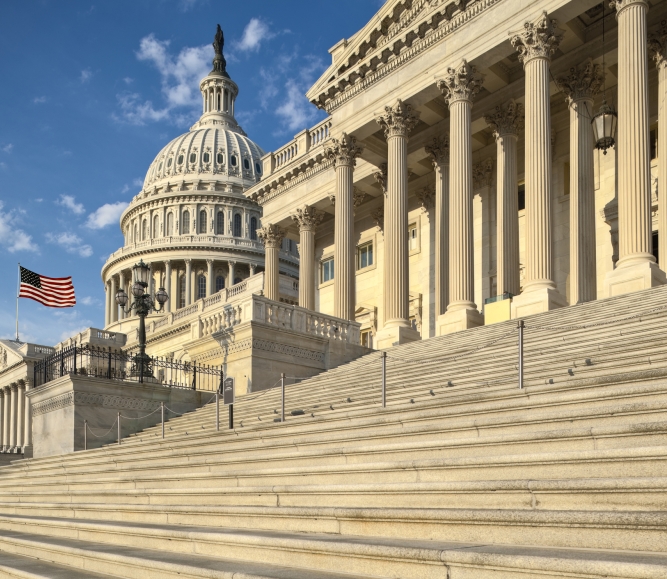U.S. Department of Education issues K-12 Recovery Fund FAQ
Author
Upcoming Events
Related News

Key Takeaways
On May 26, the U.S. Department of Education released a Frequently Asked Questions (FAQ) document outlining eligible uses of the Elementary and Secondary School Emergency Relief (ESSER) fund as well as the Governor’s Emergency Education Relief (GEER) fund – two of the primary programs in the Department’s Education Stabilization Fund. Established in the CARES Act and with additional allocations made by the Consolidated Appropriations Act of 2021 and the American Rescue Plan Act, these two funds aim to assist states, local governments and schools as they work to safely reopen, maximize in-person instructional time for all students and provide opportunities to address the impacts of lost instructional time resulting from the COVID-19 pandemic.
Under the ESSER, the Department of Education awards grants to State Educational Agencies (SEAs) for the purpose of providing Local Education Agencies (LEAs) with emergency relief funds to address the impact of the COVID-19 pandemic on elementary and secondary schools across the nation. The GEER provides grants to governors for the purpose of providing LEAs, institutions of higher education (IHEs) and other education-related institutions with emergency support at their own discretion. Although counties will not receive a direct allocation from the ESSER or GEER, local governments may work with LEAs to safely reopen schools and address learning loss. The FAQ document can also inform county decision-making around how best to invest State and Local Fiscal Recovery Fund allocations, which can be used to promote educational equity.
The Department of Education’s FAQ document specifies that funds should generally be used to prevent, prepare for or respond to the COVID-19 pandemic including its impact on the social, emotional, mental health and academic needs of students. Highlights from the FAQ include permission for the funds to support premium pay for educators and other school personnel, job-training for recent graduates whose schooling was impacted by the pandemic, and vaccination programs for students and staff.
Additionally, state lawmakers cannot limit how districts use the biggest pot of money under relief laws. They can, however, restrict how much money districts can use on administration, as part of their oversight of specific portions of COVID-19 aid. Further, these funds may be used to replenish lost revenue, meaning they can be used to bridge State and/or local budget shortfalls if the deficit is related to the COVID-19 pandemic and the ESSER and GEER funds are needed for education-related expenses. Funds may also be used for school renovations which include improved heating, ventilation and other projects that would help schools’ air quality.
The county role in local public schools varies but, along with sharing a tax base with local school boards and providing complementary services to local students, counties do play a role in supporting and funding K-12 schools in five states: Alaska, Md., N.C., Va. And Tenn. NACo will continue to monitor the implementation of the ESSER and GEER and potential implications for county governments.
To submit additional questions on the ESSER, please contact ESSERF@ed.gov and submit GEER-related questions to GEERF@ed.gov.
Additional Resources
Resource
NACo Toolkit: Tracking COVID-19 Relief for Human Services and Education Programs

Related News

USDA and HHS release new dietary guidelines
On January 7, U.S. Department of Agriculture Secretary Brooke Rollins and U.S. Department of Health and Human Services Secretary Robert F. Kennedy, Jr. unveiled the new Dietary Guidelines for Americans, 2025–2030.

County Countdown – Dec. 15, 2025
Every other week, NACo's County Countdown reviews top federal policy advocacy items with an eye towards counties and the intergovernmental partnership.
